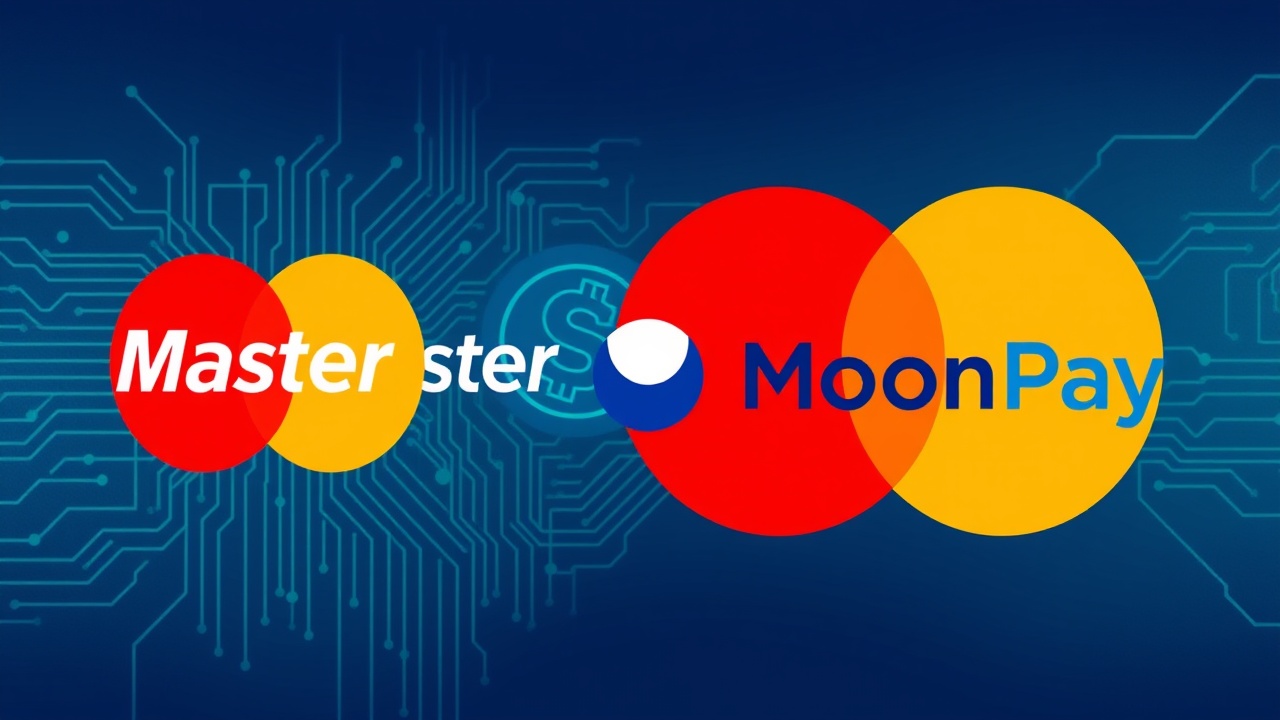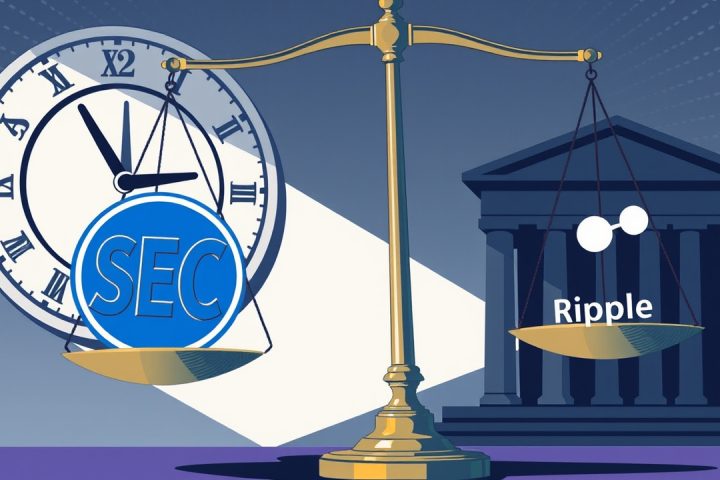Mastercard Expands Fintech Initiatives with Cryptocurrency Payment Cards
In a strategic expansion of its fintech initiatives, Mastercard is launching new cryptocurrency-powered payment cards featuring stablecoins, allowing for global transactions in a more reliable digital currency format. The new offering is a collaboration with MoonPay, a prominent crypto service provider, which has recently integrated the capabilities of Iron, a stablecoin payment firm that MoonPay acquired in March. This partnership will ensure that transactions made using stablecoins are seamlessly converted into fiat currency automatically, enhancing the user experience.
The Rise of Stablecoins
The growing popularity of stablecoins—digital currencies designed to maintain a consistent value by being pegged to traditional fiat currencies like the U.S. dollar—reflects a broader trend in the crypto marketplace. These coins are particularly valued for their price stability compared to other cryptocurrencies, making them attractive for both trading and everyday transactions. However, despite their rising use, clear regulatory guidelines concerning stablecoins remain inconsistent across different regions.
For instance, the U.S. Securities and Exchange Commission recently clarified that certain types of stablecoins do not qualify as securities, yet it has left ambiguities regarding yield-generating and algorithmic stablecoin variants. Additionally, in a notable move, it concluded an inquiry into PayPal’s stablecoin in late April without any further action.
Mastercard’s Strategy and Competition
Amidst these regulatory uncertainties, major financial networks are increasingly embracing stablecoin technologies, recognizing their potential in remittances, support for creative industries, and international commerce. This latest endeavor is part of Mastercard’s broader strategy to enhance its footprint in the cryptocurrency sector. Earlier this year, the payment giant formed alliances with the cryptocurrency exchange OKX and payment processor Nuvei, aiming to introduce similar card offerings.
Through this collaboration, OKX is set to debut a new crypto card while Nuvei, in conjunction with stablecoin issuer Circle, will furnish the necessary merchant infrastructure for transactions.
Mastercard’s initiatives also position it favorably against rivals such as Visa, which recently unveiled a pilot program for stablecoin transactions in several countries across Latin America. Launched on May 1, Visa’s plan allows customers in Argentina, Colombia, Ecuador, Mexico, Peru, and Chile to use stablecoins from their existing accounts, with future expansions planned for markets in Europe, Asia, and Africa.
Conclusion
As the competitive landscape for crypto-enabled payment solutions intensifies, Mastercard’s commitment to integrating stablecoin payments underscores the growing significance of these digital currencies in the global economy.




